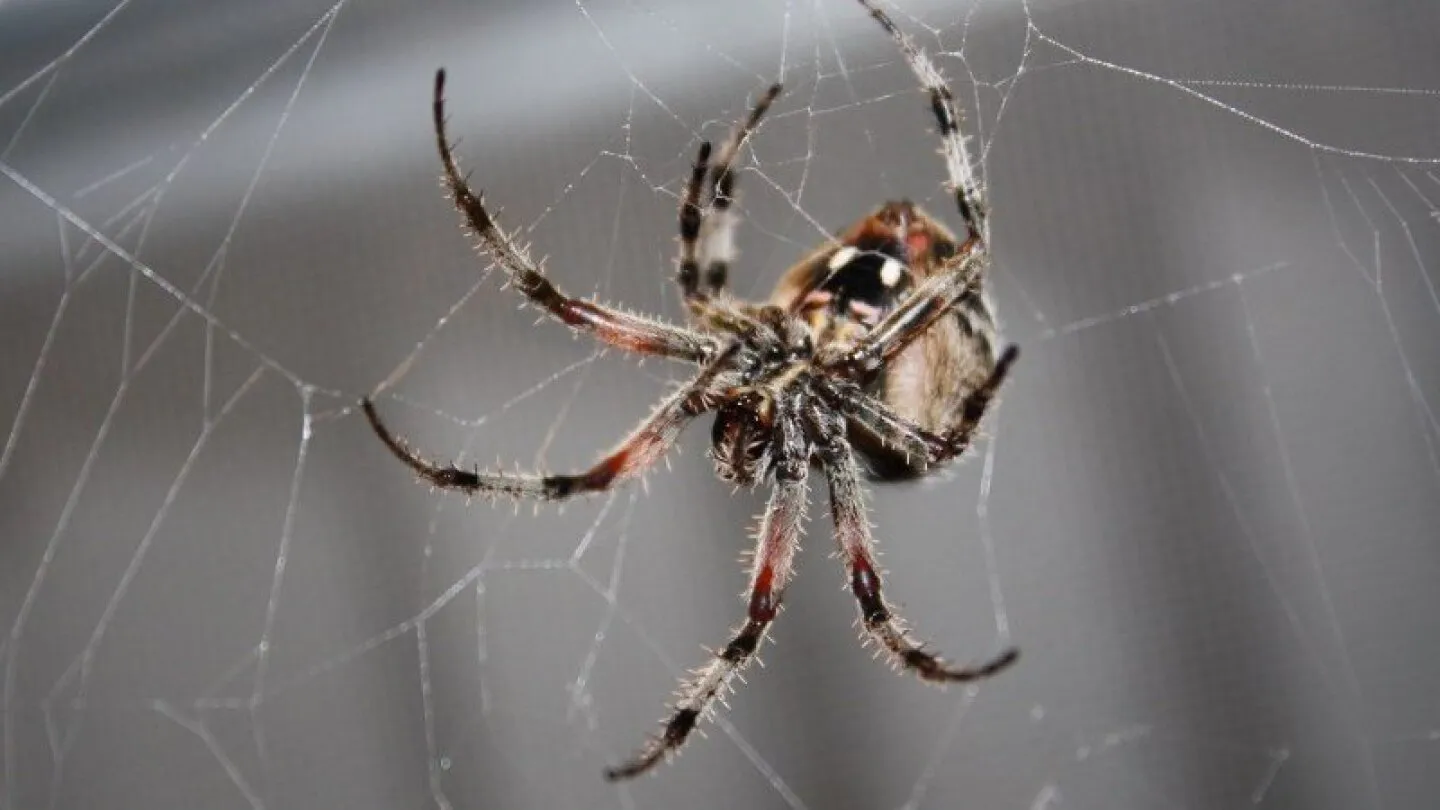Orb Weaver vs Tarantula
The world of arachnids is vast and diverse, populated by fascinating creatures with unique characteristics. Among the most intriguing are spiders, and two of the most commonly encountered are the orb weaver and the tarantula. While both belong to the spider family, they differ significantly in appearance, behavior, and lifestyle. This article explores five key differences between the orb weaver and the tarantula, helping you understand these remarkable arachnids better and appreciate their distinct roles in the ecosystem. Understanding these differences can help you appreciate the diversity within the spider world and recognize these spiders in their natural habitats, or even in your own backyard. So, let’s dive in and unravel the fascinating world of these eight-legged wonders and learn about their distinctive features.
Appearance
Appearance is one of the most immediate ways to distinguish between an orb weaver and a tarantula. Their body structures, sizes, and coloration patterns provide clear visual cues that help with identification. From the shape of their bodies to the presence or absence of webs, the way they look gives us vital clues to their lifestyles and how they’ve adapted to their environments. Understanding these external features is key to differentiating these arachnids.
Body Structure
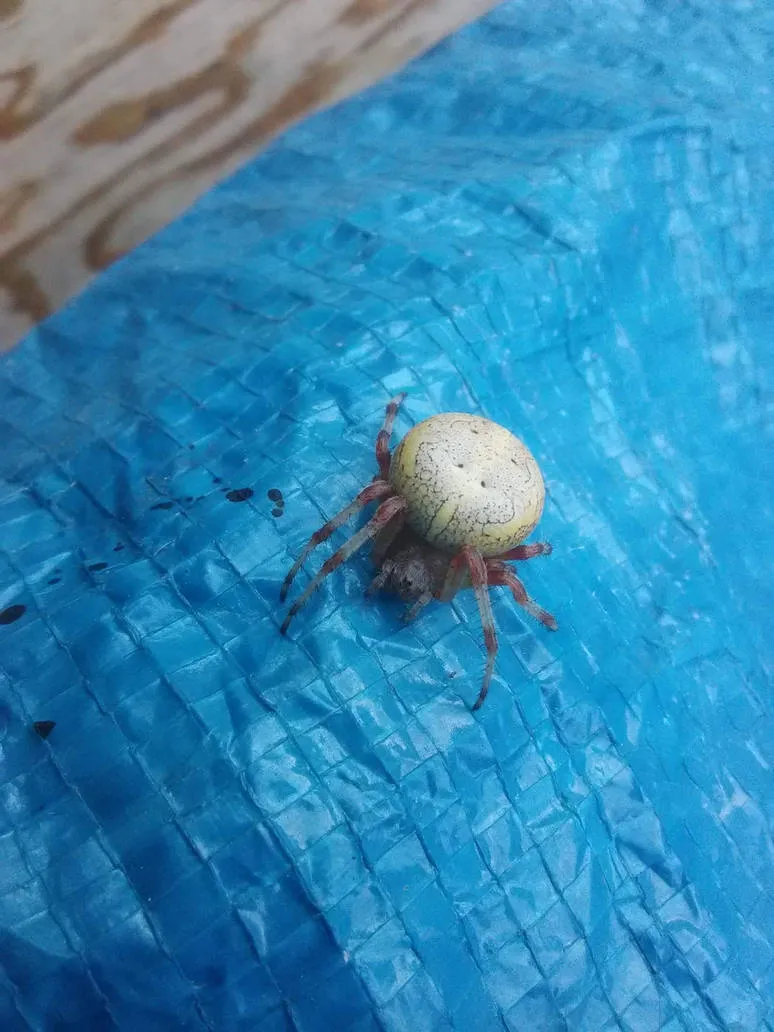
Orb weavers typically have two distinct body sections: a cephalothorax (fused head and thorax) and an abdomen, both of which are usually round or oval. Their legs are generally slender, designed for web-building and locomotion within the web. Tarantulas, however, are more robust. They have a larger cephalothorax and a more rounded abdomen covered in hairs. Their legs are thick and powerful, ideal for digging, climbing, and capturing prey on the ground. The difference in body structure reflects their different lifestyles, with orb weavers optimized for web-based hunting and tarantulas adapted for ground-based ambush predation.
Size and Shape
Orb weavers are often smaller, with body lengths ranging from a few millimeters to a couple of inches, depending on the species. Their bodies are generally slender and designed for agility within their webs. Tarantulas are among the largest spiders in the world; some species can have a leg span of up to 10 inches or more, making them quite intimidating. Their larger size is a result of their predatory lifestyle, their need to store energy, and the protection offered by their size. This difference in size is a significant factor when it comes to differentiating between the two types of spiders and the types of prey they are capable of consuming.
Coloration and Markings
Orb weavers exhibit a wide variety of colors and patterns. Some are brightly colored, while others are camouflaged to blend in with their surroundings. They can be found in shades of green, yellow, brown, or black, and often have intricate patterns on their abdomens. Tarantulas also vary in color, but many species are shades of brown, black, or gray, with some displaying vibrant colors on their legs or bodies. The markings on tarantulas may not be as elaborate as some orb weavers, but the hairs on their bodies can give them a distinctive appearance. The diversity in coloration serves both camouflage and, in some cases, to warn potential predators that they are venomous.
Web vs No Web
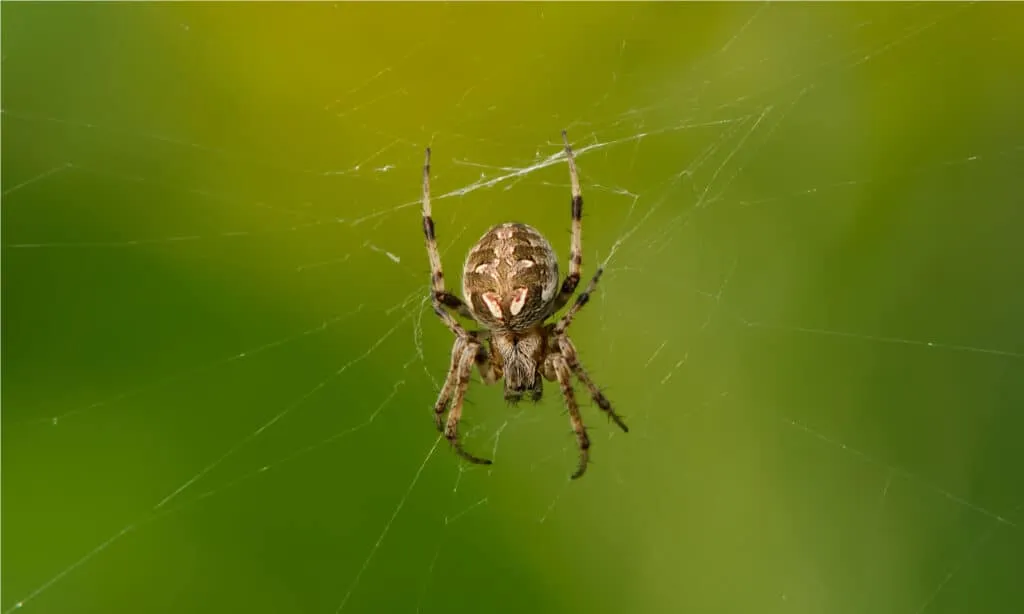
The presence or absence of a web is one of the most defining differences between orb weavers and tarantulas. This feature dictates their hunting strategies, habitat preferences, and overall lifestyles. Web construction is a remarkable behavior, reflecting the evolutionary adaptations of orb weavers. On the other hand, the absence of web-building in tarantulas illustrates their reliance on different techniques to catch prey.
Web Construction and Design
Orb weavers are famous for their intricate, wheel-shaped webs, which they use to capture flying insects. These webs are made of strong, sticky silk that can ensnare unsuspecting prey. The design of the web is highly efficient, with radial lines providing structural support and spiral lines acting as sticky traps. The orb weaver typically sits in the center of its web, waiting for prey to get caught. These webs are works of art in their own right, showcasing the spider’s mastery of engineering. The design of these webs is often species-specific, with variations in size, shape, and silk characteristics. The ability to construct these complex structures is a major adaptation that allows orb weavers to thrive in a variety of environments.
Hunting Strategies
Tarantulas do not build webs to catch prey. Instead, they are ambush predators, relying on their speed and strength to capture insects, small animals, and sometimes even birds. They typically hide in burrows, under rocks, or in dense vegetation, waiting for prey to come within striking distance. Once an opportunity arises, they swiftly pounce on their target, injecting venom to immobilize it. This hunting strategy is very different from the orb weaver’s passive approach, highlighting the diversity of hunting techniques within the spider world. Tarantulas’ powerful chelicerae (fangs) and strong legs are well-suited for this active hunting style.
Habitat and Distribution
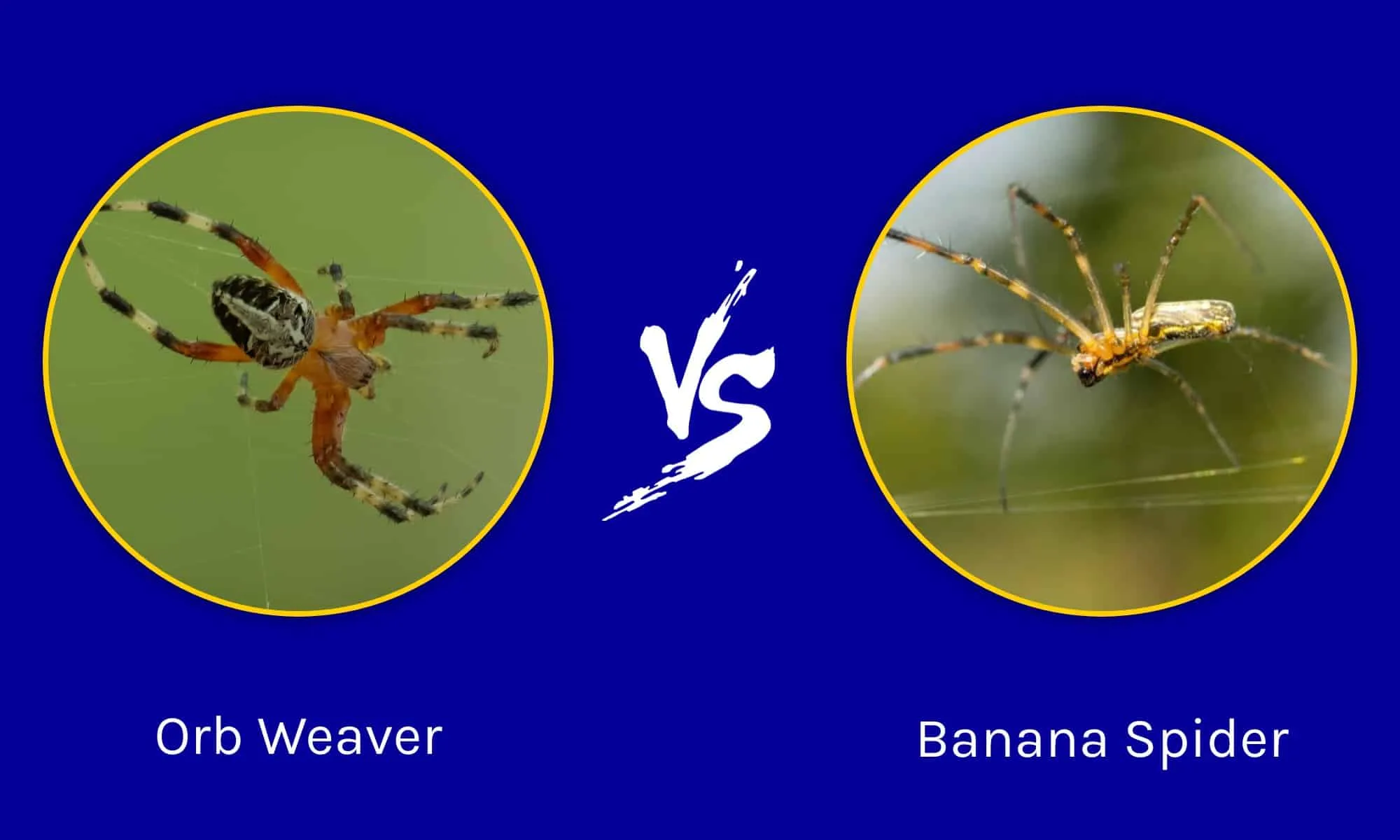
The habitats and distribution of orb weavers and tarantulas are quite distinct, reflecting their different lifestyles and environmental needs. Understanding their preferred living spaces gives insight into their behavior and ecological roles. Orb weavers are generally found in a wide range of habitats, while tarantulas have more specific environmental requirements. The types of environments in which they thrive can also reveal much about their evolutionary history and their adaptability to different conditions.
Orb Weaver Habitats
Orb weavers are found in various habitats around the world, including forests, gardens, fields, and even urban areas. They prefer locations where they can anchor their webs, such as between trees, bushes, or man-made structures. Their webs are often placed in areas with high insect traffic to maximize their chances of catching prey. Orb weavers are adaptable and can thrive in diverse climates, showcasing their ability to adjust to different environmental conditions. The wide distribution and adaptability of orb weavers make them one of the most commonly encountered spiders across the globe.
Tarantula Habitats
Tarantulas are generally found in warmer climates. They inhabit areas such as deserts, grasslands, and tropical forests. Many species live in burrows, which they dig in the ground or occupy pre-existing holes. Others live under rocks or in the crevices of trees. Tarantulas are often nocturnal, emerging at night to hunt and explore their surroundings. Their habitat preferences are closely tied to their needs for shelter, temperature regulation, and prey availability. The specific habitat requirements of tarantulas make them more sensitive to environmental changes compared to more adaptable spiders like orb weavers.
Venom and Toxicity
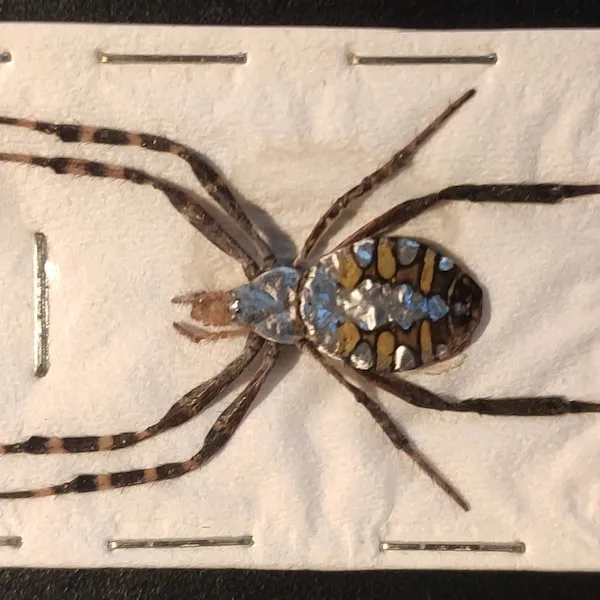
Both orb weavers and tarantulas are venomous, using their venom to subdue and digest their prey. However, the potency and effects of their venom differ significantly. Venom plays a crucial role in their survival, enabling them to capture and consume insects and other small animals. While both types of spiders possess venom, the impact of a bite on humans can vary considerably.
Venom Potency
Orb weaver venom is generally not considered dangerous to humans. Their venom is primarily designed to immobilize insects and is not particularly potent. A bite from an orb weaver may cause mild symptoms, such as localized pain, redness, and swelling, but it is rarely life-threatening. The venom’s primary function is to facilitate prey capture and pre-digestion of the prey. The mild nature of their venom makes them relatively harmless to humans, although it is always a good practice to avoid being bitten by any spider. Most people will experience no more than minor discomfort.
Impact on Humans
Tarantula venom can cause more significant effects in humans. While their venom is not usually lethal, it can cause more severe symptoms than an orb weaver bite. These symptoms may include localized pain, muscle cramps, and nausea. Some people may experience an allergic reaction. The severity of the reaction depends on the species of tarantula, the amount of venom injected, and the individual’s sensitivity. It is important to seek medical attention if bitten by a tarantula, especially if symptoms are severe or persistent. The impact on humans also includes the emotional response to the bite: fear and anxiety are not uncommon after an encounter with a large spider. While tarantulas are venomous, their bites are rarely fatal and are often more frightening than truly dangerous.
Behavior and Temperament

The behavior and temperament of orb weavers and tarantulas also differ significantly. These differences reflect their evolutionary adaptations and their roles in their respective ecosystems. Orb weavers are generally more passive, relying on their webs for hunting, while tarantulas are more active hunters, with different defensive strategies.
Orb Weaver Behavior
Orb weavers are typically solitary creatures. They spend much of their time building and maintaining their webs. They often wait patiently for prey to become entangled in their webs. When an insect is caught, the orb weaver quickly moves to immobilize it and wrap it in silk. They are generally not aggressive towards humans, unless they feel threatened. Their primary focus is on catching prey rather than seeking out interactions. Their behavior is characterized by a reliance on their webs and their ability to sit still for extended periods.
Tarantula Behavior
Tarantulas have more varied behaviors. They are typically nocturnal hunters, venturing out at night to search for prey. They can be defensive, using their fangs to bite if they feel threatened or disturbed. Some tarantulas also have specialized hairs (urticating hairs) on their abdomens, which they can flick off to irritate potential predators. Their behavior is generally more active than orb weavers, reflecting their hunting style and the need to protect themselves. They are also more likely to be encountered by humans, so understanding their behavior can help avoid unnecessary conflict. Tarantulas are not naturally aggressive, but they will defend themselves when threatened.
Conclusion
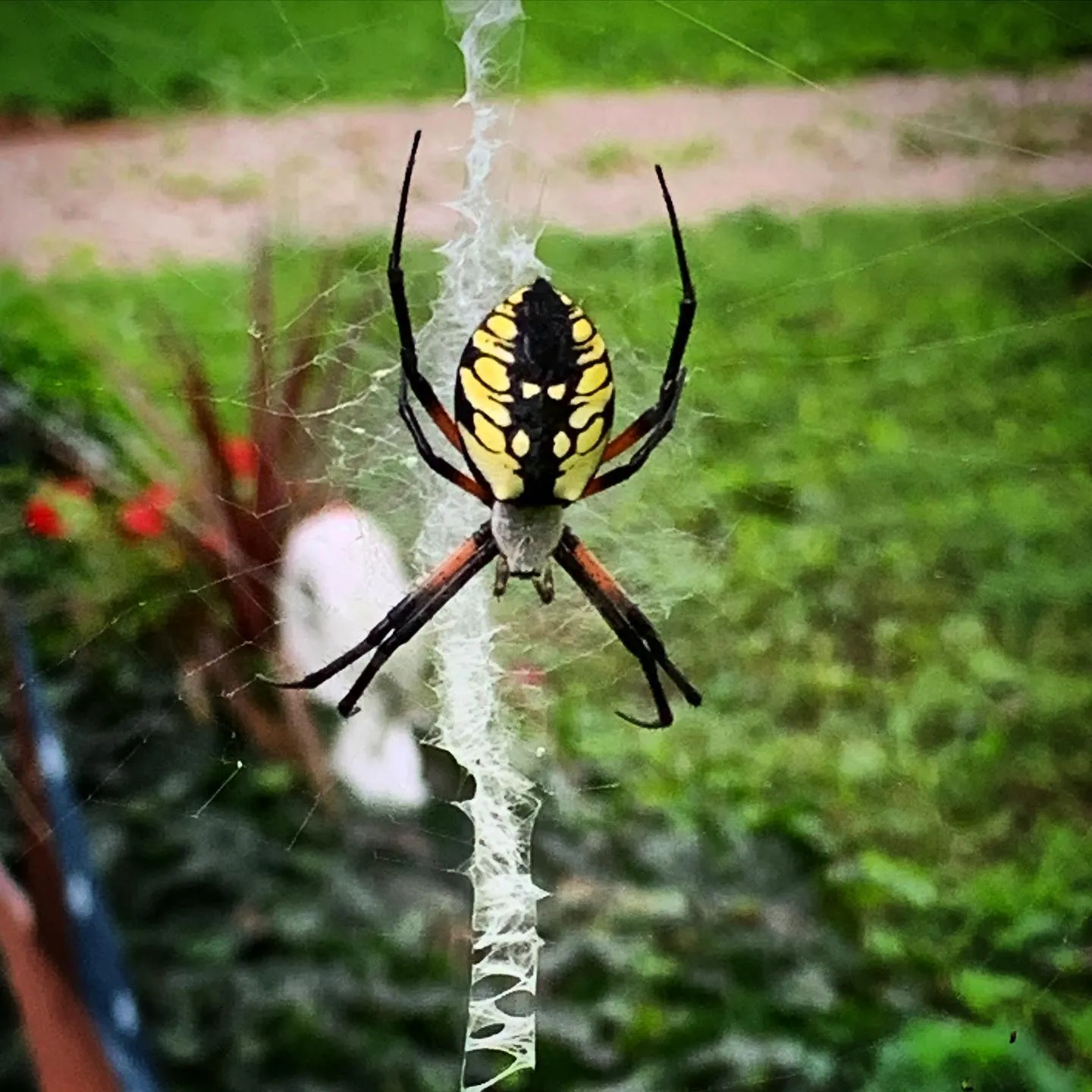
In conclusion, the orb weaver and the tarantula, while both belonging to the spider family, represent distinct approaches to survival. From their physical appearances to their hunting strategies and habitats, these arachnids illustrate the remarkable diversity of life. Understanding the key differences between orb weavers and tarantulas—including body structure, web usage, habitat, venom, and behavior—enables a deeper appreciation of the natural world and its intricate ecosystems. Recognizing the unique traits of each spider helps to clarify their roles in the environment, from insect control to the broader balance of nature. Whether you are admiring an orb weaver’s architectural web or respecting the imposing presence of a tarantula, the fascinating world of spiders offers a continuous opportunity to learn and marvel at the wonders of nature.
